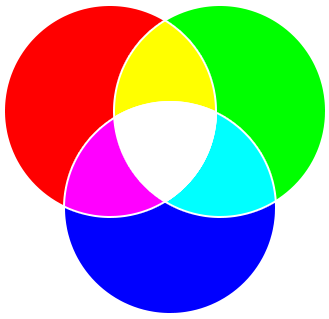

The simulation is a great way to demonstrate both color subtraction (as you block or take away some of the incident light) or color addition (combining of incident light colors). You can turn on 3 different lights to vary the resultant shadows. In this interactive, learners explore how colored lights become blocked and result in the formation of a “colored shadow’ on the screen. The Physics Classroom: Colored Shadows Interactive.Open our Interactive and start painting!" The Interactive and accompanying classroom exercise provides an exceptional introduction to how the primary colors of paints can be used to subtract primary colors of light and produce the intended appearance. You will have to understand some rules of color subtraction to get the right colors. Here's the challenge as presented to students: "The football coach wants new uniforms and you’re in charge! BUT WAIT! You have to place the order by indicating the color of pigment to be produced in the fabric. The Physics Classroom: Painting with CMY.For more fun, students can upload their own image and view its RGB characteristics! This simulation keeps it pretty simple while reinforcing principles of color addition. You can adjust the light intensity or remove one of the colors and see what happens. This simulation, recommended for use in the early phase of a unit on the physics of color, focuses on the mixing of red, green, and blue-colored lights on a screen.

The Physics Classroom: RGB Color Addition.The Physics Classroom Tutorial, Light Waves and Color Chapter, Lesson 2.Readings from The Physics Classroom Tutorial To use the principle of color subtraction to predict the light color(s) absorbed and transmitted by a color filter.To identify the three primary pigments and the light color that each absorbs and to use this knowledge to predict the light colors that such pigments would absorb or reflect.To predict the color appearance of an object when viewed under various combinations of red, blue, and green spotlights.To describe the significance of complementary colors, identify the three sets of complementary colors and use complementary colors and the principle of color subtraction to explain why an object appears the color that it does when viewed under white light.To identify the three primary colors of light and describe the result of mixing these light colors in equal and unequal intensity.Color Addition and Subtraction - Complete Toolkit


 0 kommentar(er)
0 kommentar(er)
